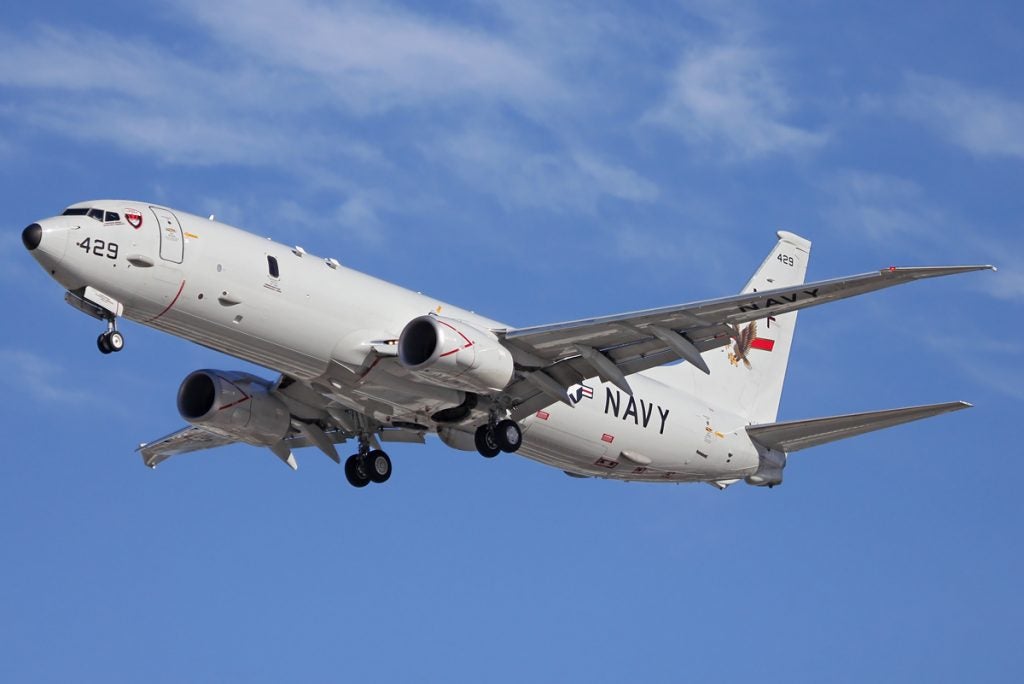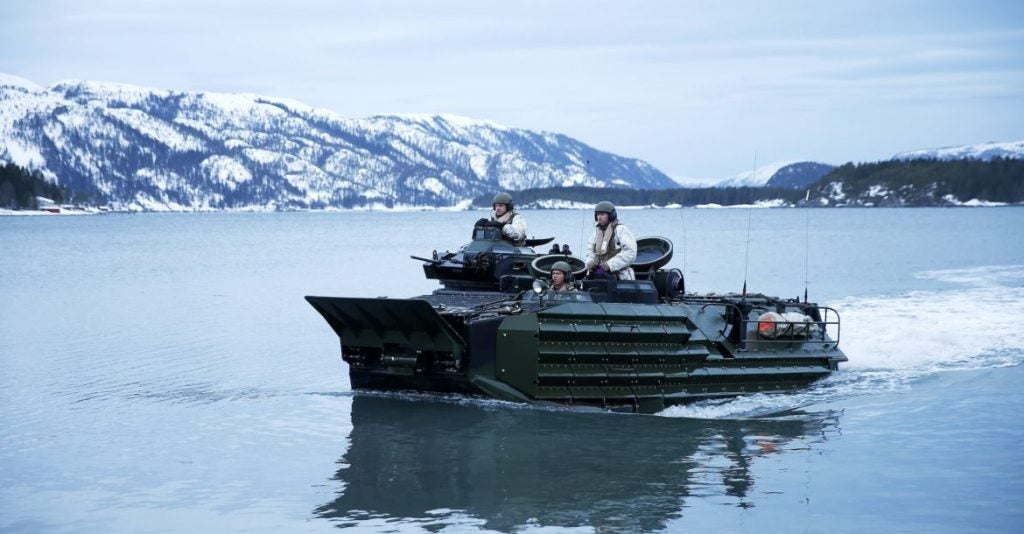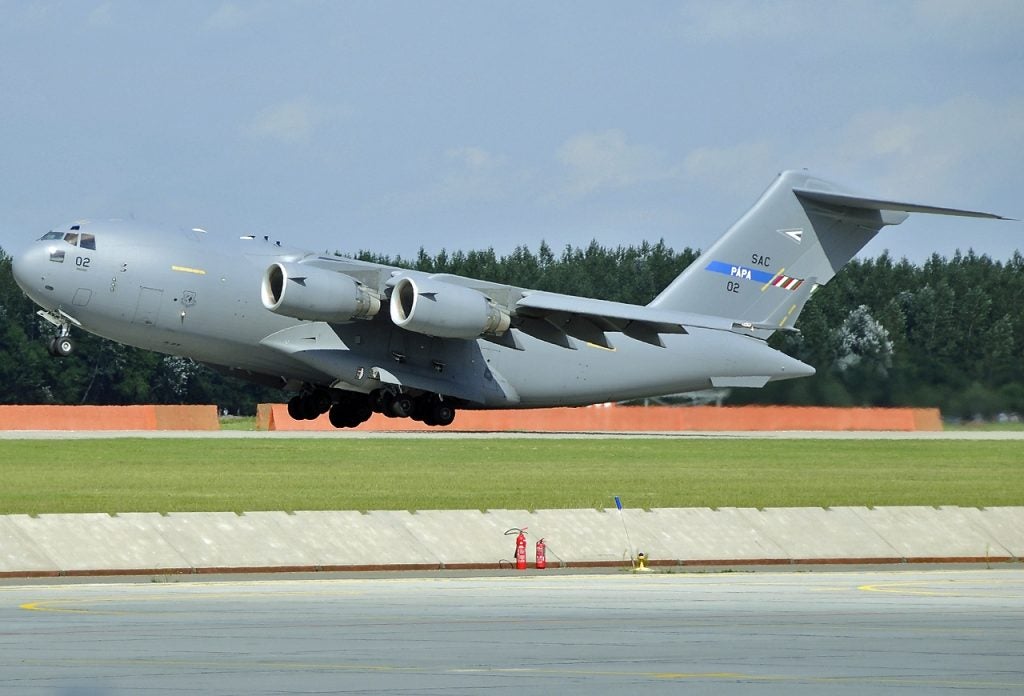US to Build Additional Military Infrastructure in Norway
On 16 April, Norway announced that it has revised an agreement with the United States on how American military activities in Norway are regulated. Under the revised agreement, the US will be allowed to build its own facilities in Norway but not independent military bases. Plans currently include the construction of additional infrastructure on three Norwegian airports at Rygge, Sola and Evenes and at Ramsund naval station. Two of these locations are in southern Norway; two are in the north. Norwegian defense minister Frank Bakke-Jensen listed a hangar for a US-operated P-8 Poseidon aircraft as a possible example of the facilities that will be built.

The new agreement is bound to strengthen Norway’s position relative to Russia. Recent Norwegian Intelligence reports have identified Russia as a key threat and, as an arctic nation, the country has shown concern over Russia’s expanding military activities in the arctic circle. Russian nuclear submarines have been operating near the Norwegian coast in greater numbers and more and more frequently. The Poseidon aircraft mentioned by the Defense minister could be particularly useful for detecting their activity.
However, Bakke-Jensen denied that the new agreement is an escalation of tensions with Russia. Instead, the defense minister framed it as facilitating greater cooperation between the United States and Norway.
“Norway’s defense rests on three main elements: the national defense capability, collective defense through NATO, and bilateral reinforcement plans with close allies. The ongoing development of defense cooperation with the US complements our own efforts to strengthen the capacity of the Norwegian Armed Forces.”

The new agreement comes as Norway prepares to host one of the largest post-Cold-War exercises ever conducted in the arctic. Cold Response 2022 is slated to include participants from a variety of NATO countries amounting to 40,000 participants and see an emphasis on naval and air forces. A reinforcement of Norway will be the scenario and an invitation for Russia to send observers is planned.

